For decades, most of the mushrooms we ate came from big farms using lab-based cultivation practices. Growing them required expensive equipment and the highest degrees of precision. These days, it’s easier than ever to grow mushrooms at home since people have more access to accessible and efficient mushroom-growing practices.
If you are looking for a more dependable source of mushrooms closer to home, the best way is to grow them on your own. Here are eight reasons to convince you that you can do it.
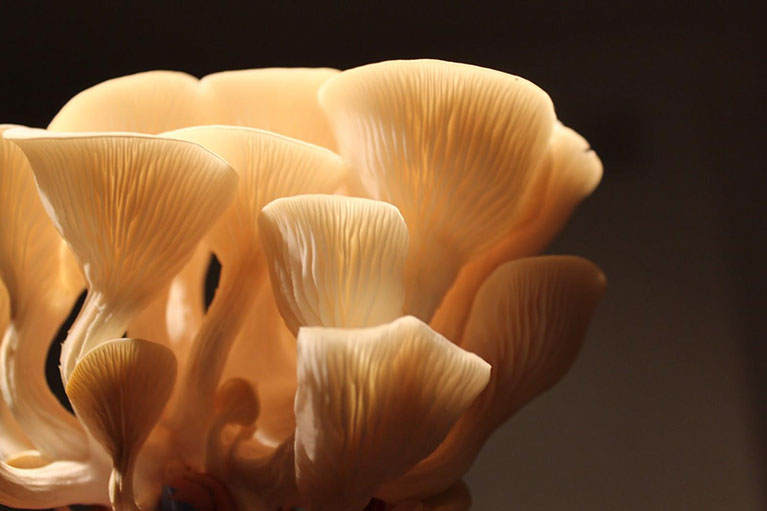
Growing Your Own Mushrooms Is Exciting and Educational
Observing your own fungal forms grow can be very enjoyable and satisfying. If you enjoy seeing things come to life, you’ll have a blast growing mushrooms.
Additionally, learning the craft is a vital component of mushroom cultivation. You’ll be able to witness firsthand how fungus functions in ecosystems, the life cycle of mushrooms, and the peculiarities of the various kinds of mushrooms you grow. This can be a fantastic, inexpensive and rewarding activity for science fair projects, families with young children, or those who are just interested.
You’ll Be More Self-Reliant
Cultivating your own food is very powerful and beneficial. Whether living in an apartment or a big house with an outdoor garden, gaining more independence can help everyone by decreasing reliance on restaurants, supermarkets, and suppliers. And as was mentioned, you can enjoy watching the mushrooms grow right before your eyes all year round.
The best thing is that you can save money in the long run. The price of store-bought mushrooms can be high, but with a small initial investment, you can grow a lot more of your own and have fresh mushrooms whenever you like.
A Little Nurturing Results in a Lot of Mushrooms
Indoor growing means that you could easily produce your own mushrooms on a large scale. You could yield more than 100 pounds of mushrooms weekly if you have a 10-foot by 10-foot grow room. Using a small shoebox dedicated to a small mushroom crop will give an ounce or more of mushrooms at a time and can be grown year round.
According to a study on the sustainability of mushrooms, growing them on a plot of one acre might yield up to one million pounds of mushrooms per year. That’s a lot of fresh superfoods for your family and the whole community, grown in a way that doesn’t hurt the environment.
Mushrooms are Good for You
Mushrooms have been used as medicine for thousands of years, thanks to the abundance of micro and macronutrients they contain. They are high in B vitamins (B1, B2, B3, B5, B9), as well as vitamin C. Mushrooms contain a lot of different minerals, most of them ionic, which makes it easy for your body to use them.
They also have selenium and vitamin E which are a part of the free radical-fighting antioxidant front of mushrooms. As a result, consuming mushrooms may lower your risk of developing cancer and heart disease and lessen your risk of getting rheumatoid arthritis, HIV, pancreatitis, and even asthma.
Lastly, mushrooms are often used as nutritional supplements because they are high in protein and contain all nine essential amino acids. They are also very low in fat—only 0.6 to 3.1%, as determined by weighing them when fresh, with 70% being unsaturated fat.
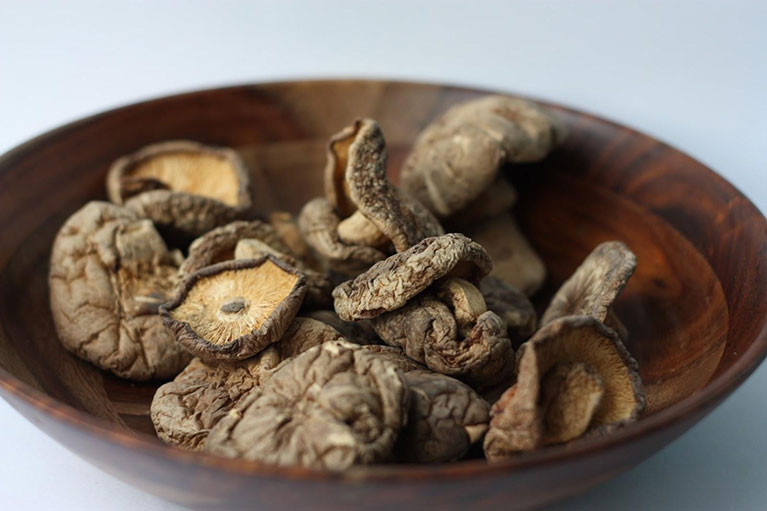
Growing Your Own Mushrooms Gives you Peace of Mind
Edible mushrooms are best consumed as soon as possible after harvest to ensure maximum freshness. Commercially farmed mushrooms must be shipped, they must wait for a specific time period before being purchased, and they may or may not be organic. There is always a chance that your dealer has mishandled them or is only attempting to unload outdated stock that has lost all of its efficacy.
By cultivating your own food, you may get rid of all of these worries and enjoy the peace of mind that comes with eating something you have complete control over raising. You can be sure that the substrate mushrooms are growing on is contaminant-free, entirely vegan, and environmentally friendly. To top it all off, mushrooms grown at home are usually bigger, tastier, and have more nutrients because they haven’t had to travel or sit on store shelves.
They Are Therapeutic
Psilocybin, the psychoactive component of “magic mushrooms,” is a promising treatment for alcohol and tobacco addiction, PTSD, chronic anxiety, depression, and cluster headaches with as little as one dose. In a small trial with 59 people, it was found that taking micro-doses of psilocybin medication for six weeks was just as effective at treating depression as taking the common antidepressant escitalopram.
Other medicinal mushrooms, like the lion’s mane, have also been found to possess anti-inflammatory qualities that could reduce stress and act as an antidepressant.
Mushrooms Have Medicinal Benefits
According to an analysis of 17 cancer studies conducted between 1966 and 2020, consuming as little as 18 grams of mushrooms per day—roughly one-eighth cup or two medium mushrooms—can reduce your risk of developing cancer by as much as 45%. In addition, ergothioneine, an amino acid and antioxidant that reduces or stops cellular damage may be found abundant in mushrooms.
Ergothioneine levels are higher in some mushroom types, including shiitake, oyster, maitake, and king oyster. But scientists discovered that regularly including any kind of mushroom in your diet will reduce your risk of developing cancer. In fact, the turkey tail mushroom has been used as a therapy in cancer treatment in Japan for decades now.
You’ll Learn a Lot
Learning how to produce mushrooms teaches you priceless life lessons. Growing mushrooms at home requires patience and persistence, much like practically any farming endeavor.
Contamination is one obstacle that will always be present. Sometimes, growth will be sluggish. But you will succeed if you persevere and practice.
Such a process teaches you how to plan ahead, be organized, use your time well, and be proactive. Mushroom grow kits usually just require temperature control and darkness for the first phase, and daily misting for the colonization phase. For a small kitchen batch (the shoe-box size crop), the daily misting for the thirty day colonization period is all the work there is.
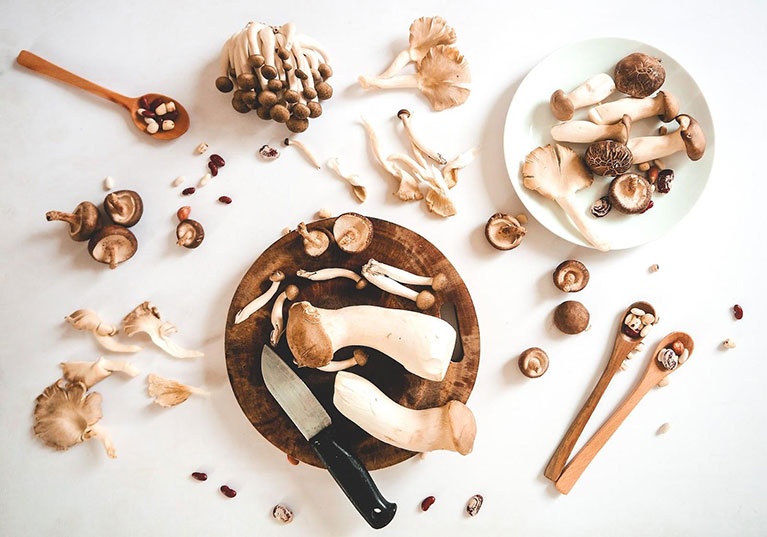
The Best Type of Mushroom to Grow at Home
There are numerous species of mushrooms out there, and deciding on the best types of mushrooms you want to cultivate at home is a matter of taste. However, the following mushroom varieties are considered to be the easiest to grow on your own:
- Oyster mushrooms
- Shiitake mushrooms
- Lion’s mane mushroom
- Turkey tail mushrooms
- Maitake mushrooms
- Reishi mushrooms
- White button mushrooms
- Blue meanie mushrooms
- Golden teacher mushrooms
Why You Should Grow Your Own Mushrooms at Home: The Bottom Line
Civilizations throughout the centuries have lauded mushrooms for their healing and strength properties. The Ancient Greeks thought that eating mushrooms made their warriors stronger. Asian cultures have long considered them medicinal food for healthy living. Today, mushrooms are popular in the United States as a flavorful, nutritious food. And if you’re a mushroom lover and you want to enjoy the benefits to the fullest, you can achieve this when you grow your own mushrooms.
The Sisters’ spore kits come fully colonized with the mushroom mycelium you chose and are ready to start producing mushrooms. Simply open your mushroom kit, put it in a spot with no direct sunlight, in the ideal temperature range and humidity levels, and mist it with water twice a day to keep the growing mushrooms in a moist environment. It’s that easy.

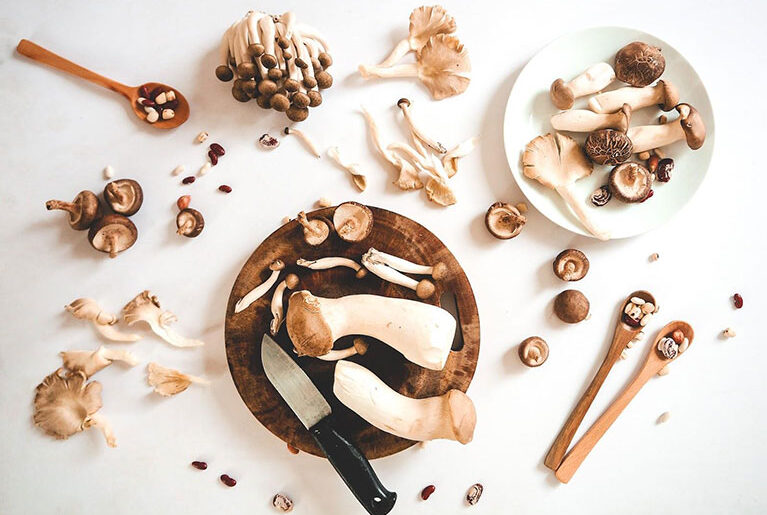



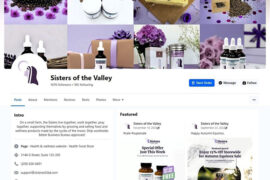
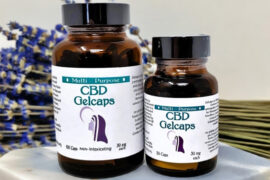
Comments are closed.